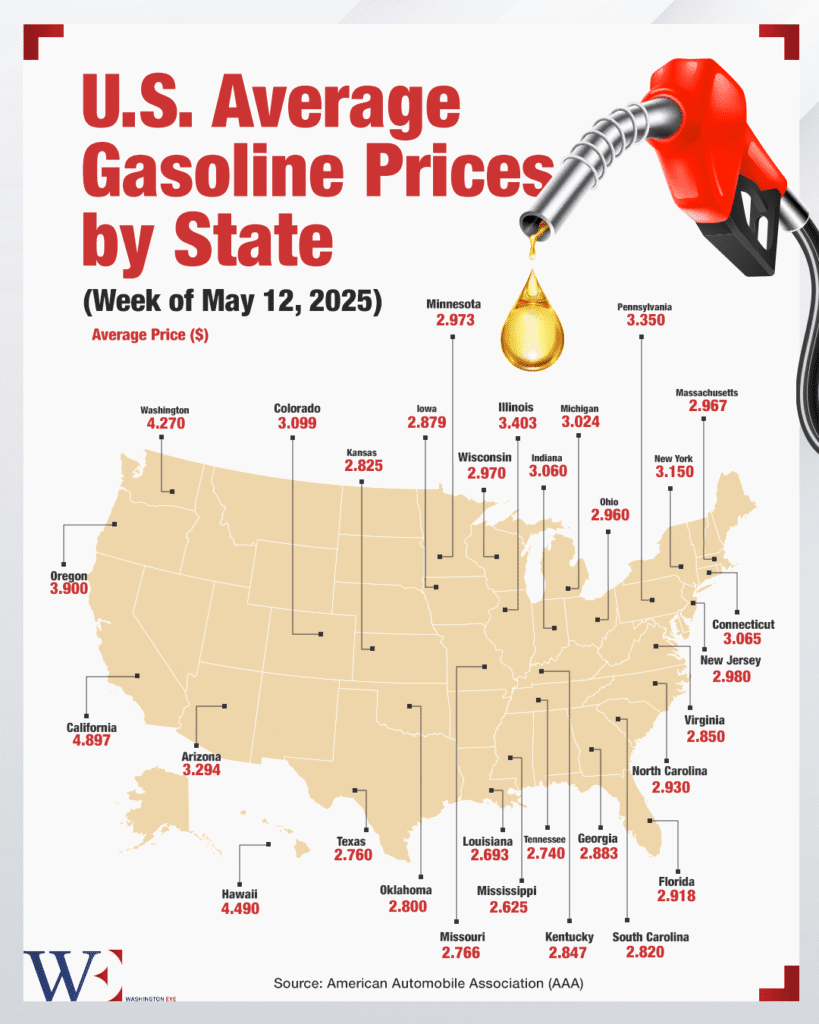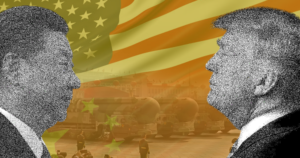As President Donald Trump re-engages with the Middle East, his indirect diplomatic outreach toward Iran is drawing sharp focus—not only from political observers but from global oil markets anticipating possible seismic shifts in supply dynamics. At the core is speculation over what many have dubbed ‘JCPOA 2.0,’ a potential new nuclear agreement that could ease sanctions and reintroduce large volumes of Iranian oil into the global system.
Talks are currently taking place in Oman, mediated through backchannels involving U.S. envoy Steve Witkoff and Iranian Foreign Minister Abbas Araghchi. This structure mirrors earlier JCPOA negotiations, with Iran seeking sanctions relief in exchange for limiting its nuclear activity. However, there are sharp departures from the 2015 framework.
The U.S. is demanding a full stop to uranium enrichment—something the original JCPOA permitted under international oversight. The Trump administration is also reportedly pushing for broader terms that encompass Iran’s ballistic missile program and regional military activities, whereas the original accord was confined strictly to nuclear issues.
Tehran has shown willingness to pause enrichment at higher levels but rejects calls to cease enrichment entirely. Iranian negotiators have also asked for guarantees that the U.S. will not unilaterally withdraw from any new deal as it did in 2018.
Should a deal be reached, analysts believe it could dramatically increase Iran’s oil exports. Citi Research recently lowered its Brent crude forecast to $55 per barrel, citing the growing likelihood of an agreement enabling up to 1.5 million barrels per day of Iranian crude to re-enter the market.
According to Citi’s note: “The re-entry of Iranian barrels would significantly loosen global balances through late 2025 and early 2026.”
Such an influx could soften prices in a market already facing tepid demand from China and a build-up in U.S. inventories. However, a breakdown in talks could lead to continued tightness in supply, possibly pushing Brent back toward $70 or more if further geopolitical tensions arise.
The political implications remain fraught. Israel has expressed unease at the prospect of renewed U.S.-Iran engagement. A senior Israeli official told The Times of Israel that easing sanctions ‘without major concessions on Iran’s missile program and regional activities’ would be a ‘historic mistake.’
Still, Trump remains resolute. “We don’t want war with Iran. We want peace through strength—and a fair agreement that keeps them from going nuclear, permanently,” he said in a prepared statement before departing for the Gulf.
While he has not yet landed in Saudi Arabia, sources close to the administration suggest that talks with Gulf allies are scheduled, with energy security and regional stability high on the agenda.
Whether Trump can convert diplomatic intent into a binding deal remains uncertain. What is clear, however, is that oil traders and geopolitical analysts alike are watching closely. A breakthrough could flood the market and bring relief to consumers—but at the cost of strategic recalibration across the Gulf and beyond.
As diplomatic chess plays out in Muscat and beyond, the price of crude may ultimately hinge on a handshake—or the lack of one.















